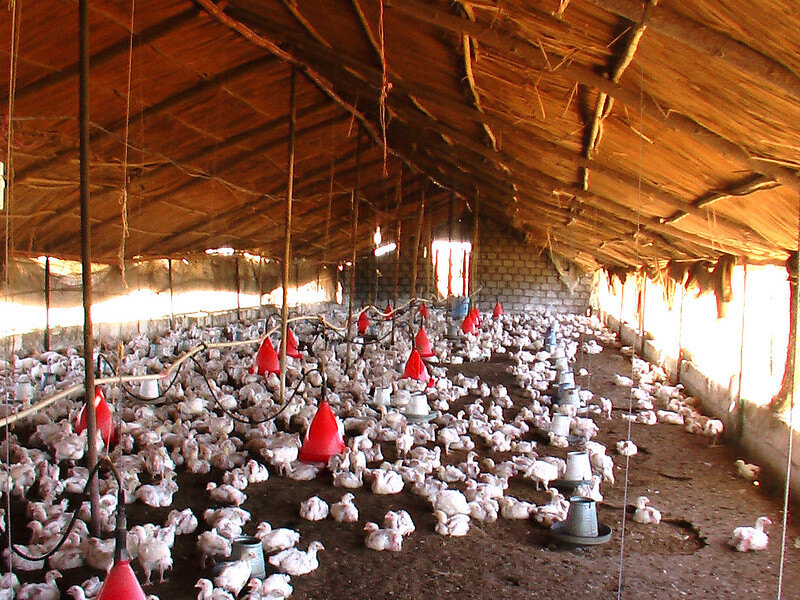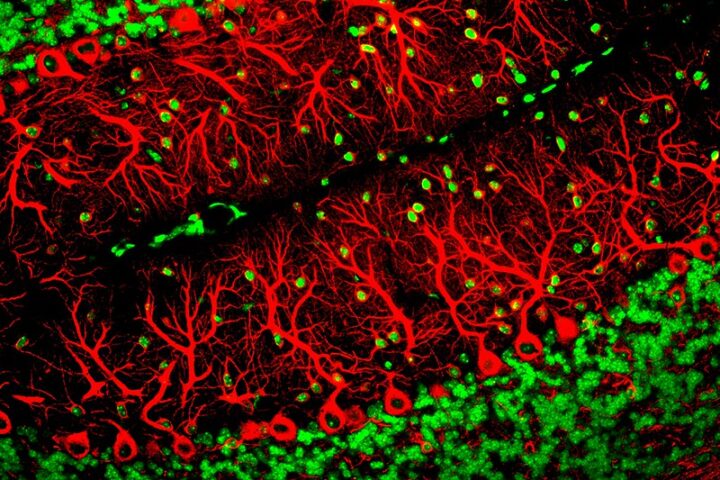The Centers for Disease Control and Prevention (CDC) has confirmed the first case of H5N1 bird flu in a child in the United States, marking a development in the virus’s spread beyond farms and wildlife. The child from Alameda County, California, experienced mild symptoms and has recovered after receiving antiviral treatment.
The case emerged amid a broader H5N1 outbreak affecting multiple species across the U.S., with California at the epicenter of infections in dairy cattle. Dr. Tomás Aragón, California’s public health director, addressed public concerns: “Based on the information and data we have, we don’t think the child was infectious – and no human-to-human spread of bird flu has been documented in any country for more than 15 years.”
Disease Surveillance and Investigation
Initial tests detected low levels of viral material in the child’s specimens. Follow-up testing showed negative results for H5 bird flu but positive for common respiratory viruses. The California Department of Public Health’s ongoing investigation focuses on possible exposure to wild birds.
While household members reported similar symptoms, their tests were negative for H5 bird flu, though some showed positive results for the same respiratory viruses as the child. Contact tracing continues with no evidence of person-to-person transmission.
Expanding Impact on U.S. Agriculture
The virus has caused substantial losses in U.S. agriculture:
- 96.5 million birds affected in 48 states.
- 616 infected dairy herds across 15 states
- 402 infected herds in California since August 2024
- 65% of all U.S. dairy herd infections concentrated in California
Human Cases in 2024
The CDC reports:
- 55 total human cases in the United States.
- 29 cases in California.
- Most cases involve farmworkers with mild symptoms.
- One unexplained case in Missouri with no direct animal contact.
More Stories
Public Health Response
The CDC maintains its assessment of low risk to the general public while advising caution for those in contact with infected or potentially infected animals. Recent CDC findings showed bird flu infections among dairy workers were much higher than the number of known cases.
Jennifer Nuzzo, director of the Pandemic Center and epidemiology professor at Brown University’s School of Public Health, expressed concerns about worker protection: “We are not doing enough to make sure that we are protecting people from getting infected and certainly making sure that people who are infected get access to medicines that could potentially keep them from getting severely ill.”
The virus’s spread has extended beyond U.S. borders, reaching the Antarctic region, where it has led to mass deaths of elephant seals and fur seals. A recent case was also reported in a British Columbia teenager who required hospitalization.
Prevention remains focused on avoiding unprotected exposure to sick or dead animals, including wild birds, poultry, and other domesticated animals. The CDC continues monitoring the situation through influenza surveillance systems, particularly in states affected by animal outbreaks.


















